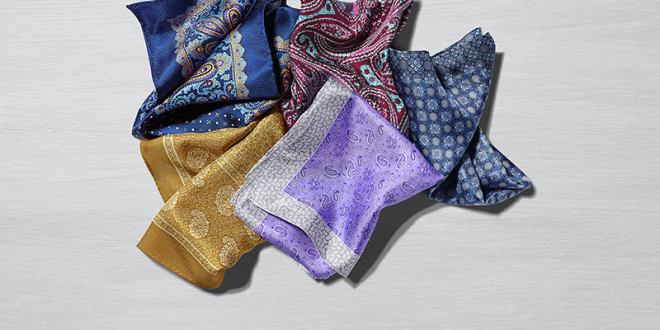[ad_1]
Your wedding gown is perhaps the most important item you'll purchase during your planning. But choosing the right dress guarantees much more than just deciding between white and ivory. So we've come up with a glossary of terms that will help you pick the perfect design.
The Fabric
The material of your wedding dress can determine the overall look and feel you want to achieve.
Satin: This material creates a glossy, silk-like look.
Crepe: Gives a wrinkled and worn appearance.
Brocade: This loom-made material can add a curtain, crochet, or lace look to the dress.
Organza: A thin, sheath-like fabric which flows easily.
Shantung: Made from intimate weaving, this material can add a ribbed look to your gown.
The Neckline
This will determine how your wedding dress fits and sits near the neck and bust area.
Halter: This dress features a strap on either shoulder which meets in the back at the nape of the neck.
Off-the-Shoulder: This neckline surrounds the bust, wrapping around the outer arm just below the shoulder.
Bateau: The fabric of the dress connects from the edge of one shoulder to the edge of the other, giving it a boat neck appearance.
Sweetheart: A strapless dress which bust is cut to form a heart shape in front.
Strapless: As the name assumes, no straps are featured on this dress. Rather, the material wraps under the arms.
The Silhouette
This term describes the shape and form of the dress. There are several styles to choose from. To see which style best suites your body type, read our article entitled "The Best Gown for Your Body".
A-Line: A slim-fitting wedding dress with vertical seams that present a triangular form (similar to the letter A) when worn.
Ball Gown: The upper half of the dress, or bodice, is form-fitting, while the lower half of the dress, or waist, billows to a full skirt.
Empire: Only the bust area of this dress is snug. The reminder of the gown begins to flow slowly outwards as it reaches the bottom.
Mermaid: This dress is taut against the body until the material reaches the knee, then the dress flares until it hits the floor.
Dropped: The dress is tight against the bust and bodice, and then drops just below the waistline for a low-rise look before extending out.
Embellishments
These add-ons enhance the elegance of the dress, taking it from simple to stylish in a few quick stitches.
Beading: Glass, gems, or crystals used to catch light and add shine and shimmer.
Appliqués: Fabric cut-outs sewn on to add depth and texture.
Sequins: Small, shiny circles that add glitter and glimer to the gown.
Ribbons: Large or small, these carefully placed bows add a bit of extra beauty.
Edging: A bordered trim made of fringe, lace, embroidery, or beading.
Bustle
When the ceremony has ended, the party's just begun! Bustling allows you move more freely by tucking away your train without taking away from the beauty of the dress.
Bustle: A wedding dress whose train is rolled up and fastened to the back of the dress using buttons or hooks.
French Bustle: A wedding dress whose train is secured underneath the gown and can not be seen from the outside.
[ad_2]
Source by Hugh Parker

